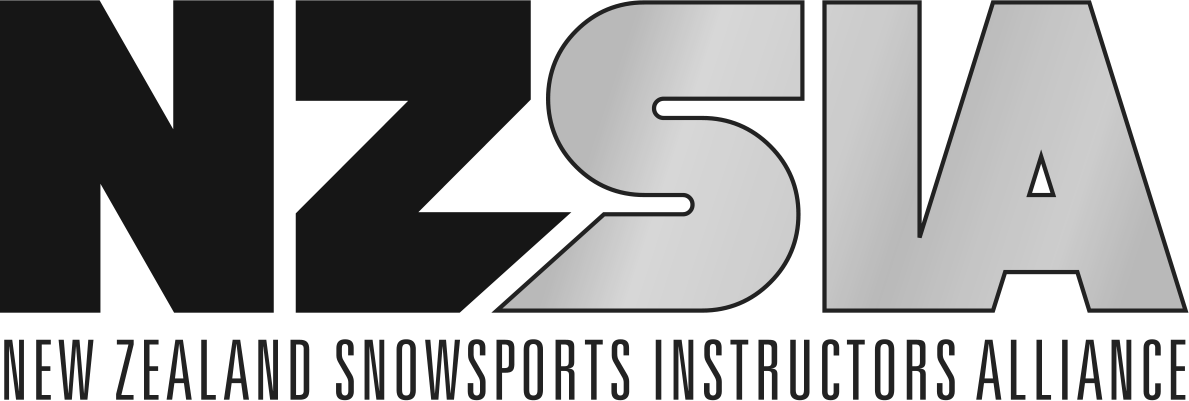- The last steam locomotive, an overnight Christchurch – Dunedin Express, ends service.
- Two large scale projects are completed; the country’s largest hydroelectric dam, the Manapouri power station and the Tiwai aluminium smelter.
- The Melbourne Cup is the first sporting event to be broadcast live via satellite as a 30 metre dish at Warkworth comes online, (although colour TV is still two years away).
- The first Kentucky Fried Chicken store opens in Auckland, beginning the American fast food invasion.
That Spring also ushers in a new era in skiing as the inaugural ski instruction training and certification courses were held at Coronet Peak and Mount Ruapehu.
Initially known as New Zealand National Ski School, this was the culmination of work the previous year with Otto Van Allman, (Switzerland) ski school director at Coronet Peak and visiting PSIA instructors James Isham and Colin Haffey who also liaised with John Ball, director of the Chateau Ski School. Encouraged by enthusiastic locals, their goal was to establish training and certification to an internationally recognised standard.
1972 would prove to be pivotal. Winter in New Zealand brought a group of Canadian CSIA Level 4 instructors and examiners into the mix; Peter Chenier, Susie Clift, Kim Rawley and Mike DesBrisay. Successful Stage l courses were again held at Coronet Peak and Ruapehu, taking full advantage of good snow and weather conditions.
Mark Halliwell took over South Island Rep duties as Peter McNeil departed for Australia, while Ted Sturt became the North Island Rep. Mark wisely advocated the organisation establish proper credentials and spearheaded the path to a non-profit incorporated society, with legal help from Christchurch Polytechnic. A meeting in Spring of 1972 at the Auckland home of Ted Sturt formalised the new entity.
The Government deemed the original name New Zealand National Ski School as unacceptable, thus the duly incorporated society was christened the New Zealand Ski Instructors Alliance Inc. A Technical Committee was established with Larry Lasch (PSIA) and Mike DesBrisay (CSIA).
As active and senior members of the NZSIA departed for the Northern winter Mark Halliwell and Ted Sturt maintained continuity and momentum in New Zealand over the summers, vital roles that set up the new organisation to grow and mature.
1973, while not such a good snow year, nevertheless saw the first Stage 2 course held at Coronet Peak in addition to the Stage 1 there and at Ruapehu. Mike DesBrisay, who oversaw the courses as Chief Examiner, assisted by James Isham, was also commissioned to write the first manual, which was further edited by Norm Crerar (CSIA).
New Zealanders now began to take up the key positions in the organisation as the numbers of local NZSIA qualified instructors grew. One of the first US examiners Jon Reveal reminisced, “ We might have launched the ship, but it was the NZ instructors that sailed it from there to where it is today.”
Within the first decade of existence, the NZSIA would go on to achieve ISIA recognition and become the first Southern Hemisphere nation to demonstrate at Interski (Zao, Japan in 1979) as it developed into a fully fledged professional ski instruction organisation providing sought after training and certification programmes.
For more on the storied history of the first decade of the NZSIA and the key figures who shaped the organisation, read The Early Days 1971 – 1983 by John Armstrong, the first New Zealander to hold the positions of Chief Examiner and Technical Director.




